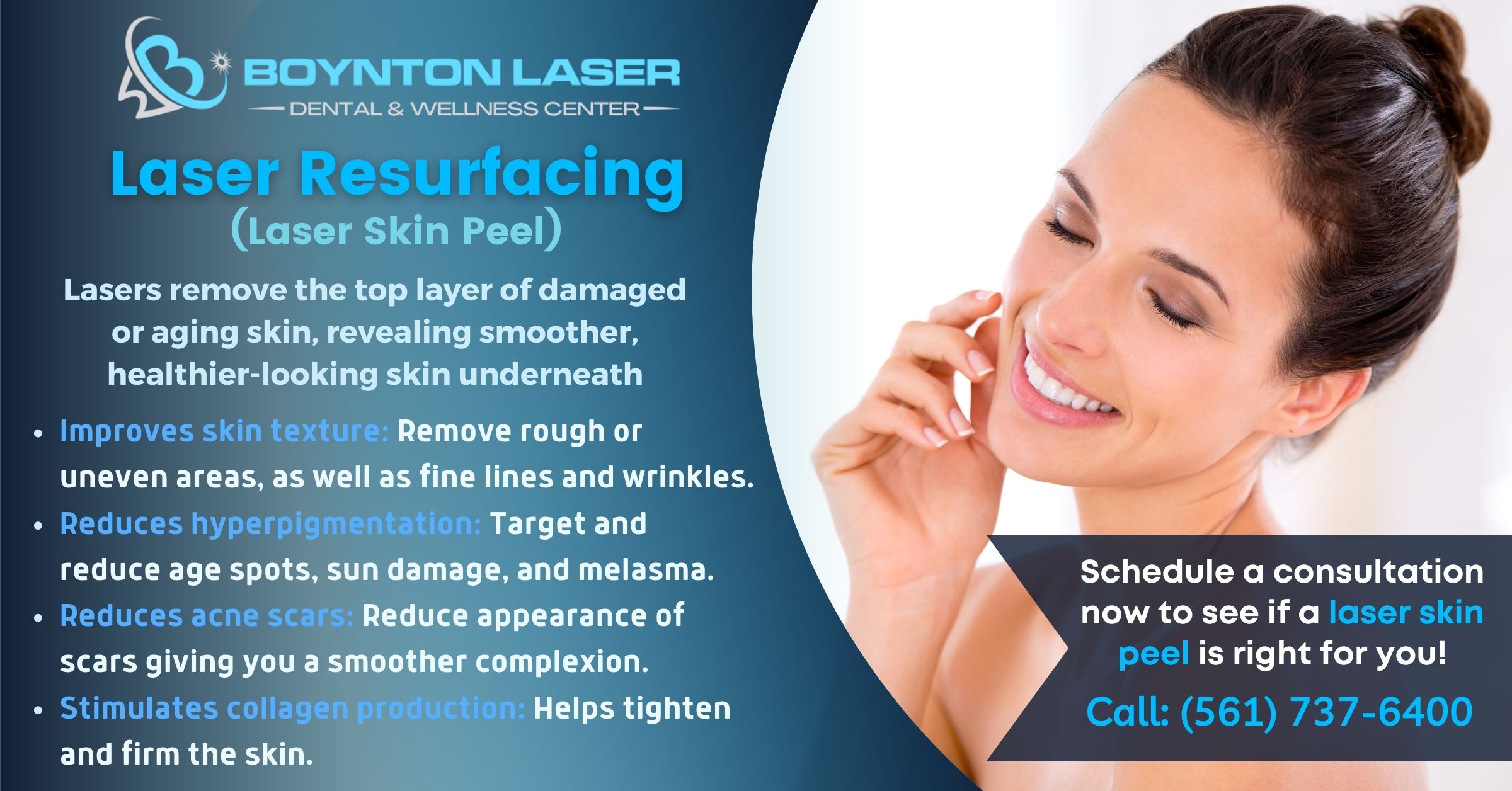
Achieve Radiant Skin with Laser Skin Peels: Unveiling the Power of Laser Resurfacing
In the quest for youthful and flawless skin, advancements in technology have revolutionized the field of dermatology. Laser skin peels, also known as laser resurfacing, have emerged as a popular and effective solution for individuals seeking to rejuvenate their skin and address various skin concerns. This comprehensive guide aims to shed light on the wonders of laser skin peels, exploring their benefits, different types, the procedure involved, and post-treatment care. Discover how this innovative treatment can help you unlock a radiant and refreshed complexion.
Understanding Laser Skin Peels:
Laser skin peels utilize state-of-the-art laser technology to improve the texture, tone, and appearance of the skin. This non-surgical procedure is designed to address common skin issues such as fine lines, wrinkles, acne scars, sun damage, age spots, hyperpigmentation, and uneven skin tone. By stimulating collagen production and promoting cellular turnover, laser resurfacing can effectively reverse the signs of aging and restore a youthful glow.
Types of Laser Skin Peels:
1. Ablative Laser Resurfacing:
– Carbon Dioxide (CO2) Lasers: Known for their precision and effectiveness, CO2 lasers are used to treat deep wrinkles, severe sun damage, and scars. This type of laser peel removes the outer layers of the skin, stimulating collagen regeneration and revealing smoother, firmer skin.
– Erbium Lasers: Erbium laser peels are ideal for addressing fine lines, age spots, and mild to moderate wrinkles. These lasers have less downtime compared to CO2 lasers, making them a popular choice for individuals with busy lifestyles.
2. Non-Ablative Laser Resurfacing:
– Fractional Lasers: Fractional lasers deliver energy in a fractionated manner, creating microscopic treatment zones. This stimulates collagen production and tightens the skin without removing the entire outer layer. Fractional laser peels are effective in treating pigmentation issues, acne scars, and mild wrinkles.
The Laser Skin Peel Procedure:
1. Consultation and Assessment: Prior to undergoing a laser skin peel, a thorough consultation with a skilled dermatologist or laser specialist is crucial. They will assess your skin type, specific concerns, and medical history to determine the most appropriate treatment plan.
2. Preparing for the Treatment: The specialist will provide you with pre-treatment instructions, which may include avoiding sun exposure, discontinuing certain skincare products, and using a prescribed skincare regimen. Preparing the skin properly ensures optimal results and reduces the risk of complications.
3. The Treatment Process: During the procedure, the specialist will cleanse your skin and may administer a local anesthetic or a numbing cream to enhance comfort. They will then use the laser device to target the specific areas of concern. The duration of the treatment depends on the size of the treatment area and the type of laser used.
4. Post-Treatment Care: Following the laser skin peel, it is essential to adhere to the post-treatment instructions provided by your specialist. These may include applying soothing creams, avoiding direct sunlight, practicing gentle skincare routines, and avoiding strenuous physical activities. Adhering to these guidelines promotes optimal healing and minimizes potential side effects.
Benefits and Results of Laser Skin Peels:
1. Improved Skin Texture: Laser resurfacing stimulates collagen production, resulting in smoother, softer, and more youthful-looking skin.
2. Reduced Wrinkles and Fine Lines: Laser skin peels can minimize the appearance of wrinkles and fine lines, making the skin appear rejuvenated and more refreshed.
3. Even Skin Tone: Laser resurfacing effectively targets and reduces pigmentation issues, such as age spots
